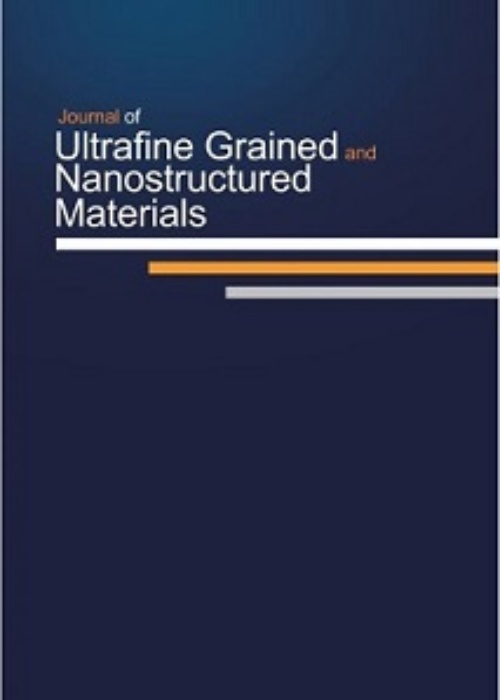Can the Spacer Cation Affect the Preferential Growth and Phase Segregation in 2D Ruddlesden-Popper Perovskites?
Author(s):
Article Type:
Research/Original Article (دارای رتبه معتبر)
Abstract:
Organic-inorganic halide perovskites (OIHP) are an emerging family of semiconductor materials widely used in the fabrication of optoelectric devices, including solar cells, due to their superior optical and electrical properties. Poor long-term stability of OIHPs is the main hindrance to the commercialization of perovskite solar cells. Using 2D Ruddelsden-Popper perovskites is a common approach to improve perovskite solar cell stability. However, their 2D structure restricts the transport of charges, thus reduces the photovoltaic performance of perovskite solar cells. Out-of-plane growth of 2D perovskite film can significantly improve carrier transport and consequently reduces the rate of non-radiative recombination. One of the main factors that affects the preferential growth of 2D perovskites is the type of spacer cation that exists in the 2D perovskites structure. Herein, butylammonium (BA+) and phenetylammonium (PEA+) spacer cations, as well as their combination, are employed in 2D perovskite thin film, and their effects on preferential growth and phase segregation have been investigated. X-ray diffraction (XRD) data shows that the BA-based 2D perovskite has a more desirable (220) preferential direction, but the preferred peaks of PEA-based 2D perovskite have higher intensity and narrower full width at half maximum (FWHM) than the BA-based counterparts, which is due to the rigid nature of the PEA+ compared to the BA+ molecule. It is also observed that the replacement of BA+ instead of PEA+ significantly reduces phase segregation. This phenomenon is probably related to the phenyl ring of the PEA+ molecule, which is entirely solvophobic and slows down the formation of DMF.PEAI complex during the crystallization step, which in turn leads to the formation of small n 2D perovskite nucleus causing phase segregation. SEM images also represent that the BA, PEA-based film has a smoother surface and lower pinholes than the PEA and BA-based 2D perovskite.
Keywords:
Language:
English
Published:
Journal of Ultrafine Grained and Nanostructured Materials, Volume:55 Issue: 1, Jun 2022
Pages:
31 to 36
magiran.com/p2446552
دانلود و مطالعه متن این مقاله با یکی از روشهای زیر امکان پذیر است:
اشتراک شخصی
با عضویت و پرداخت آنلاین حق اشتراک یکساله به مبلغ 1,390,000ريال میتوانید 70 عنوان مطلب دانلود کنید!
اشتراک سازمانی
به کتابخانه دانشگاه یا محل کار خود پیشنهاد کنید تا اشتراک سازمانی این پایگاه را برای دسترسی نامحدود همه کاربران به متن مطالب تهیه نمایند!
توجه!
- حق عضویت دریافتی صرف حمایت از نشریات عضو و نگهداری، تکمیل و توسعه مگیران میشود.
- پرداخت حق اشتراک و دانلود مقالات اجازه بازنشر آن در سایر رسانههای چاپی و دیجیتال را به کاربر نمیدهد.
In order to view content subscription is required
Personal subscription
Subscribe magiran.com for 70 € euros via PayPal and download 70 articles during a year.
Organization subscription
Please contact us to subscribe your university or library for unlimited access!


